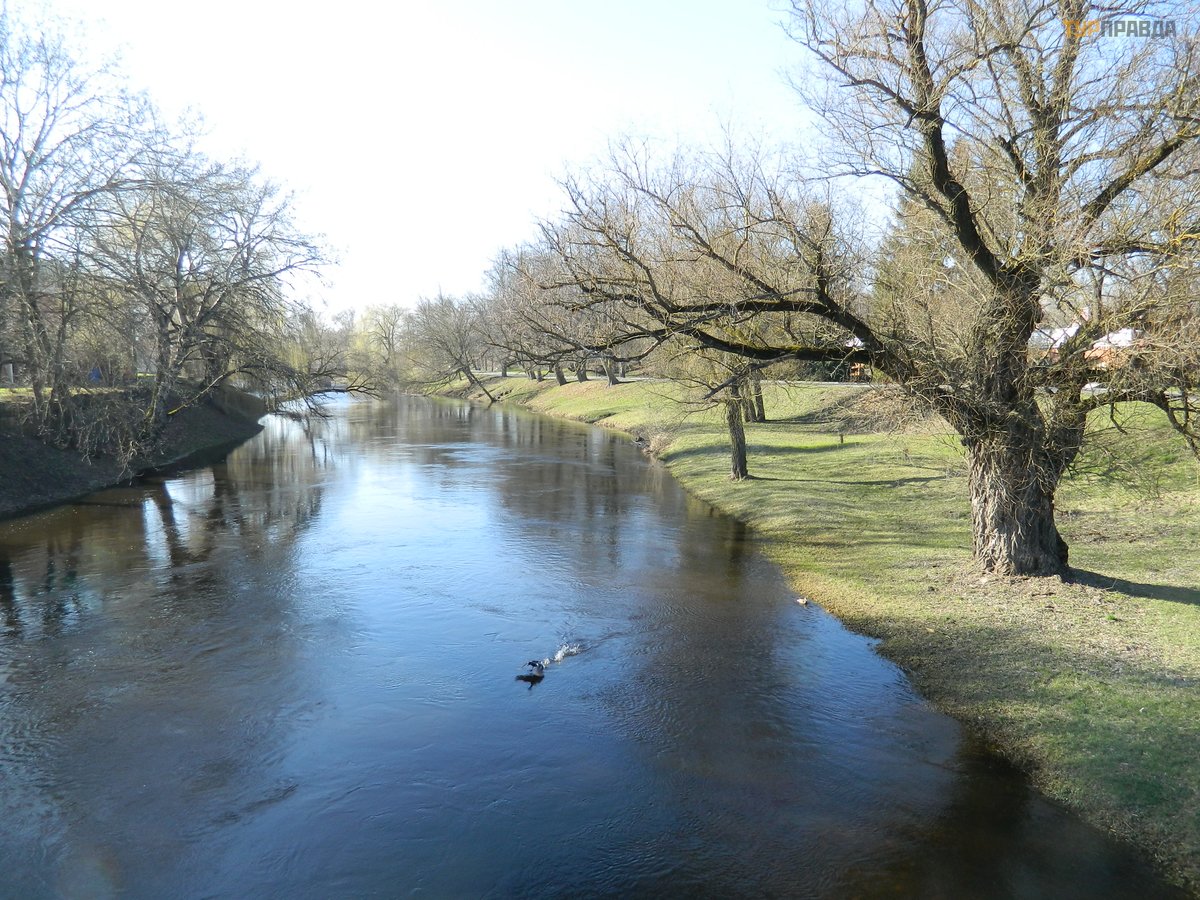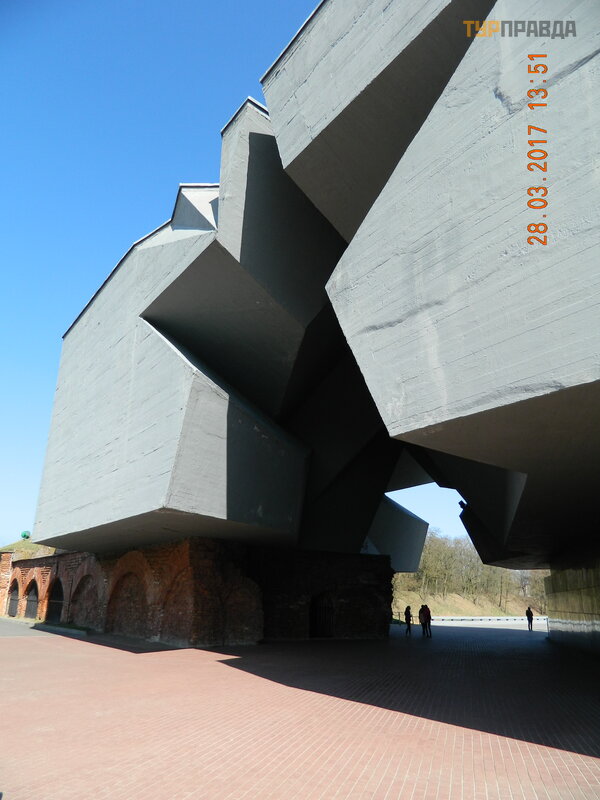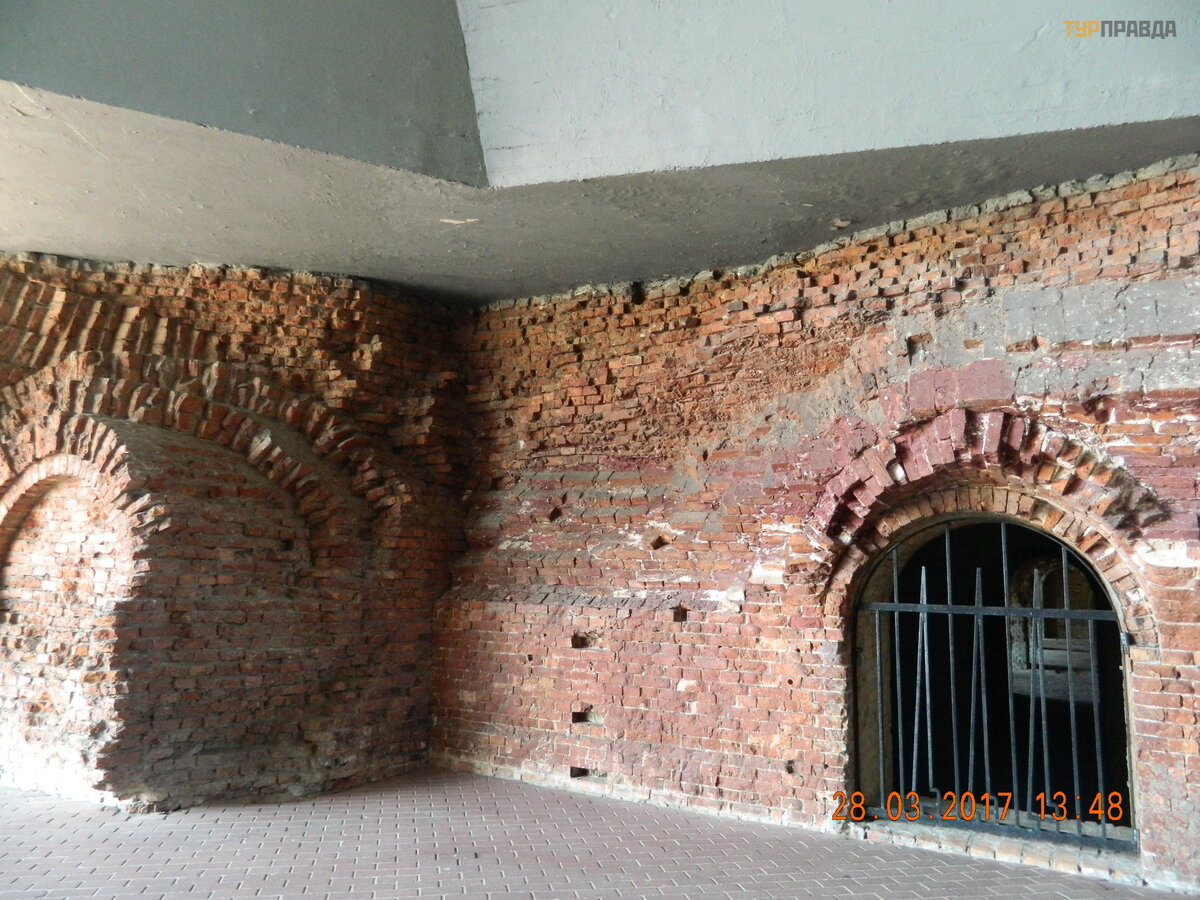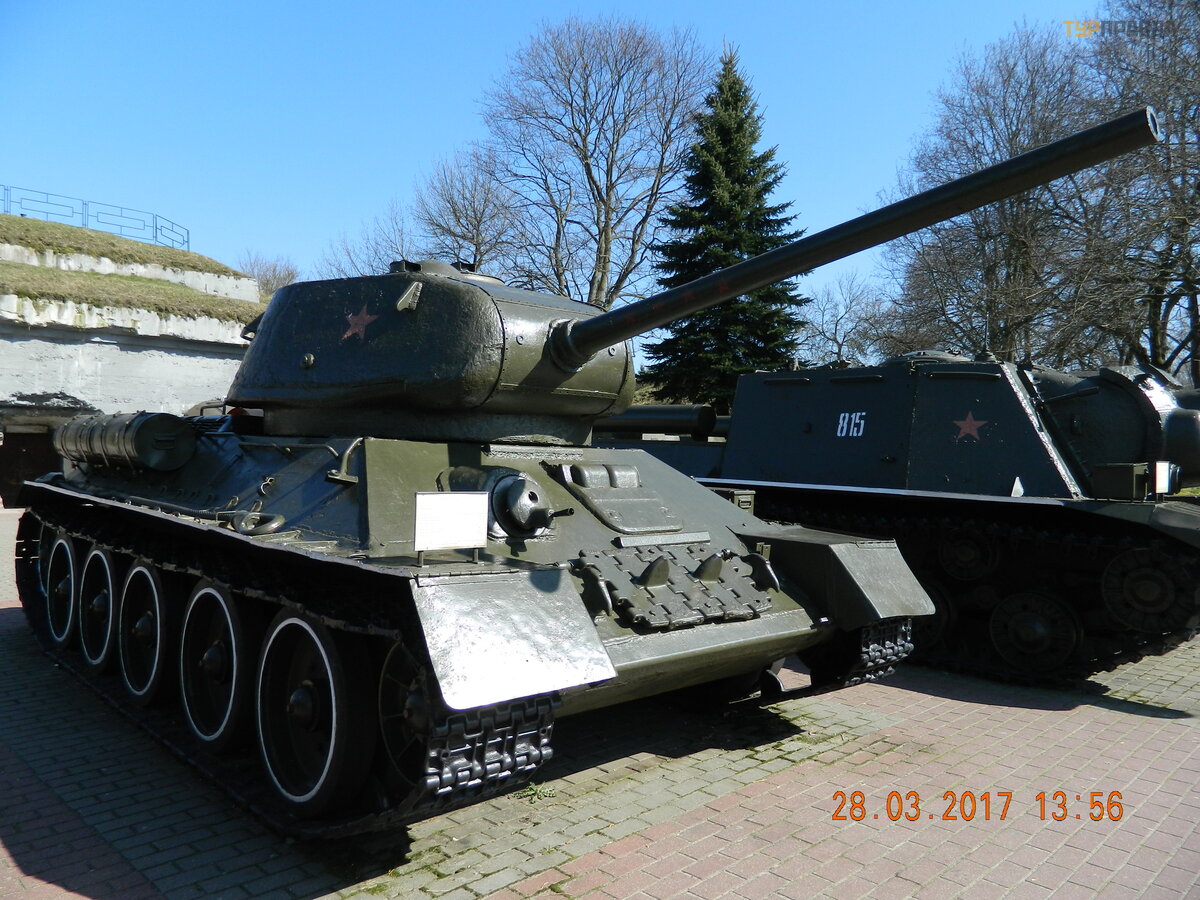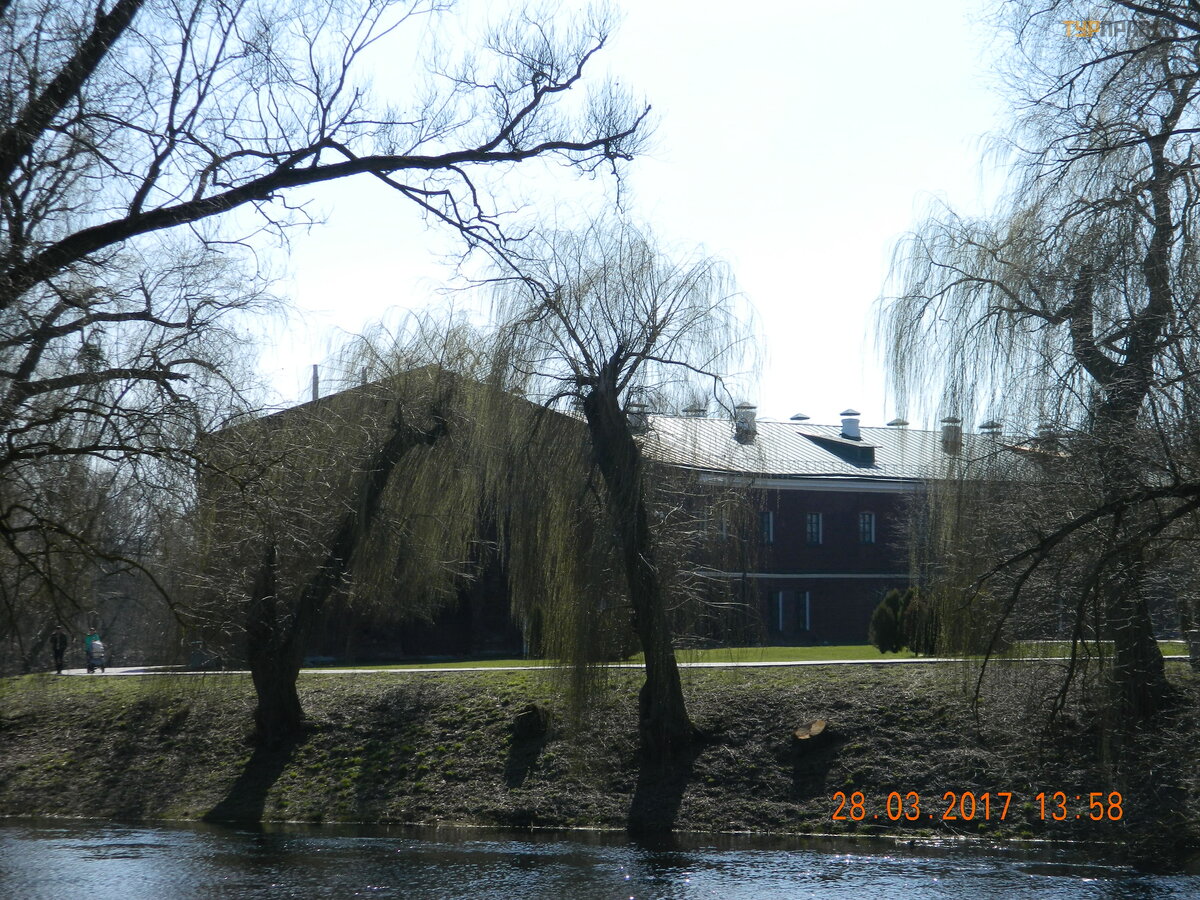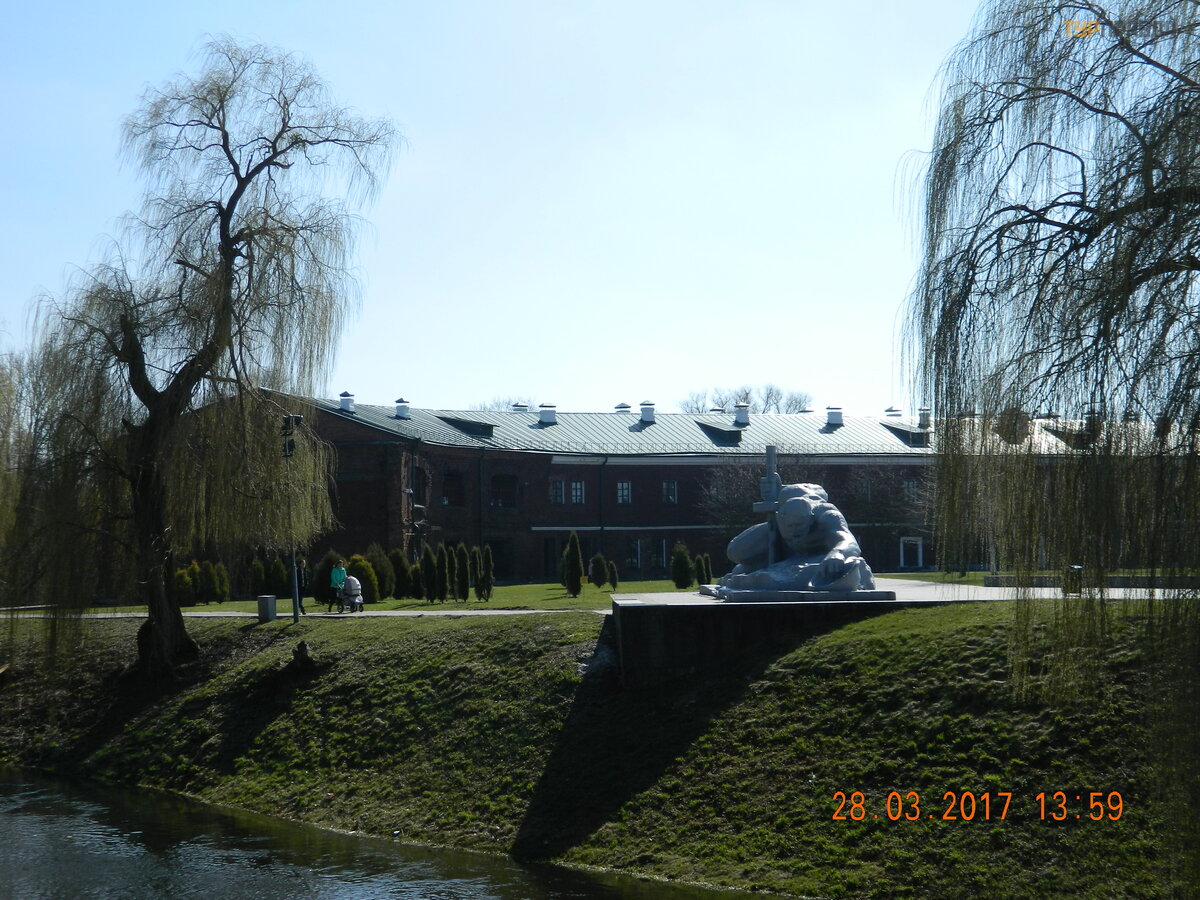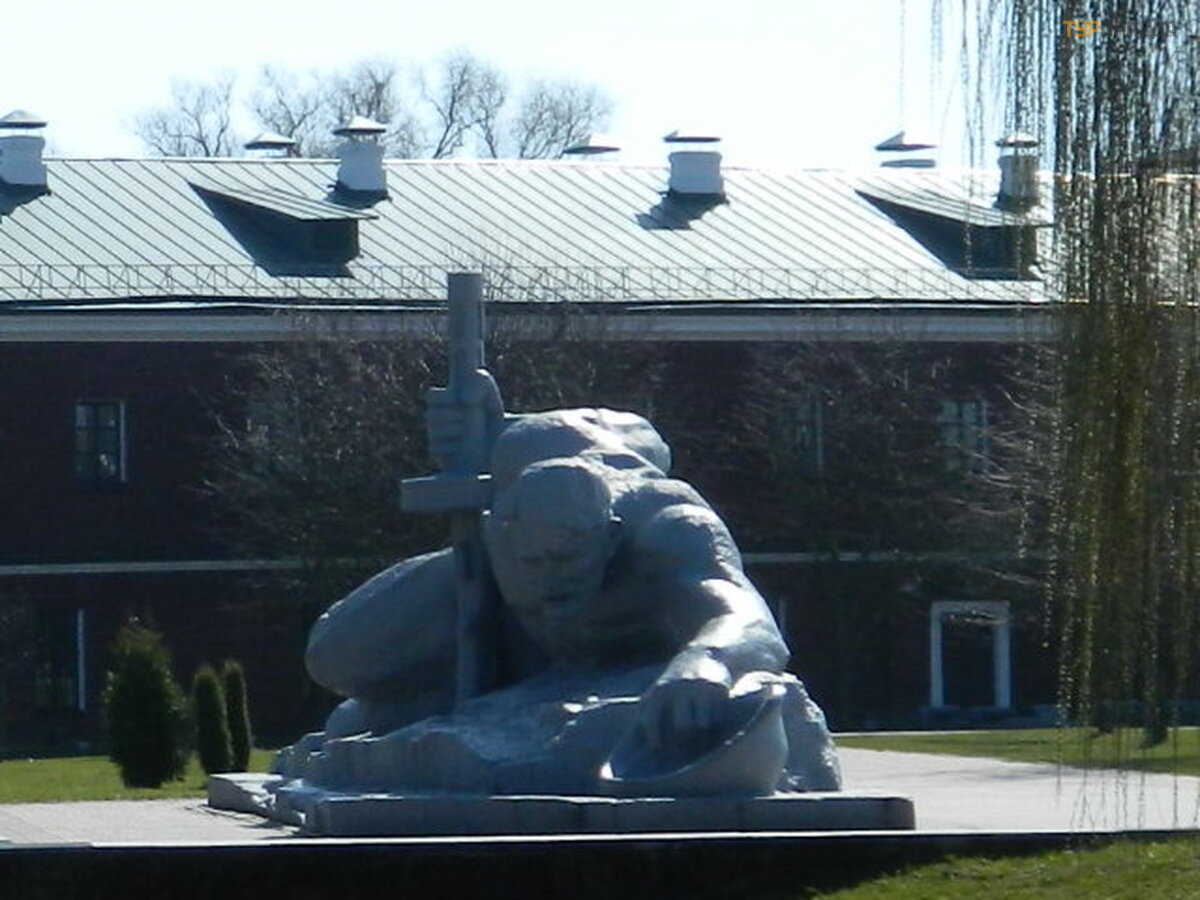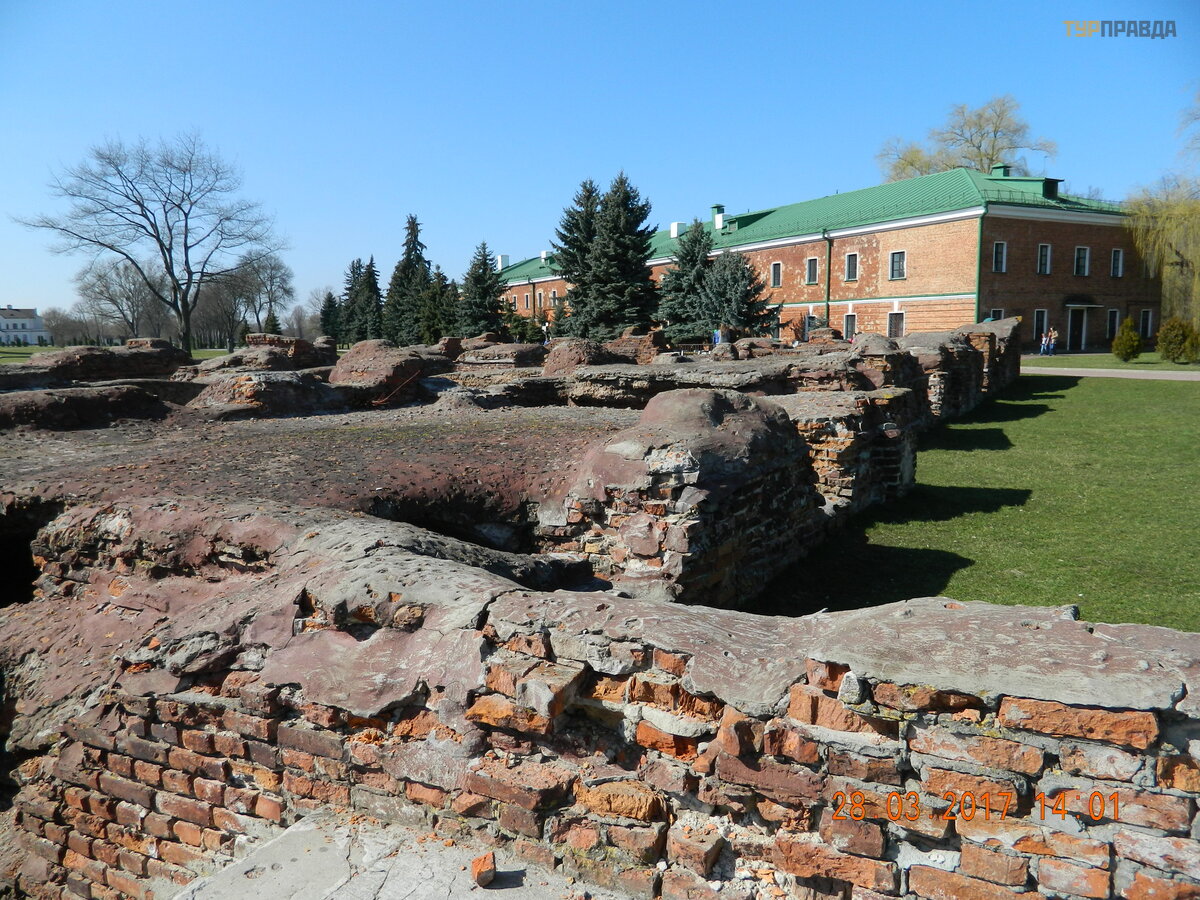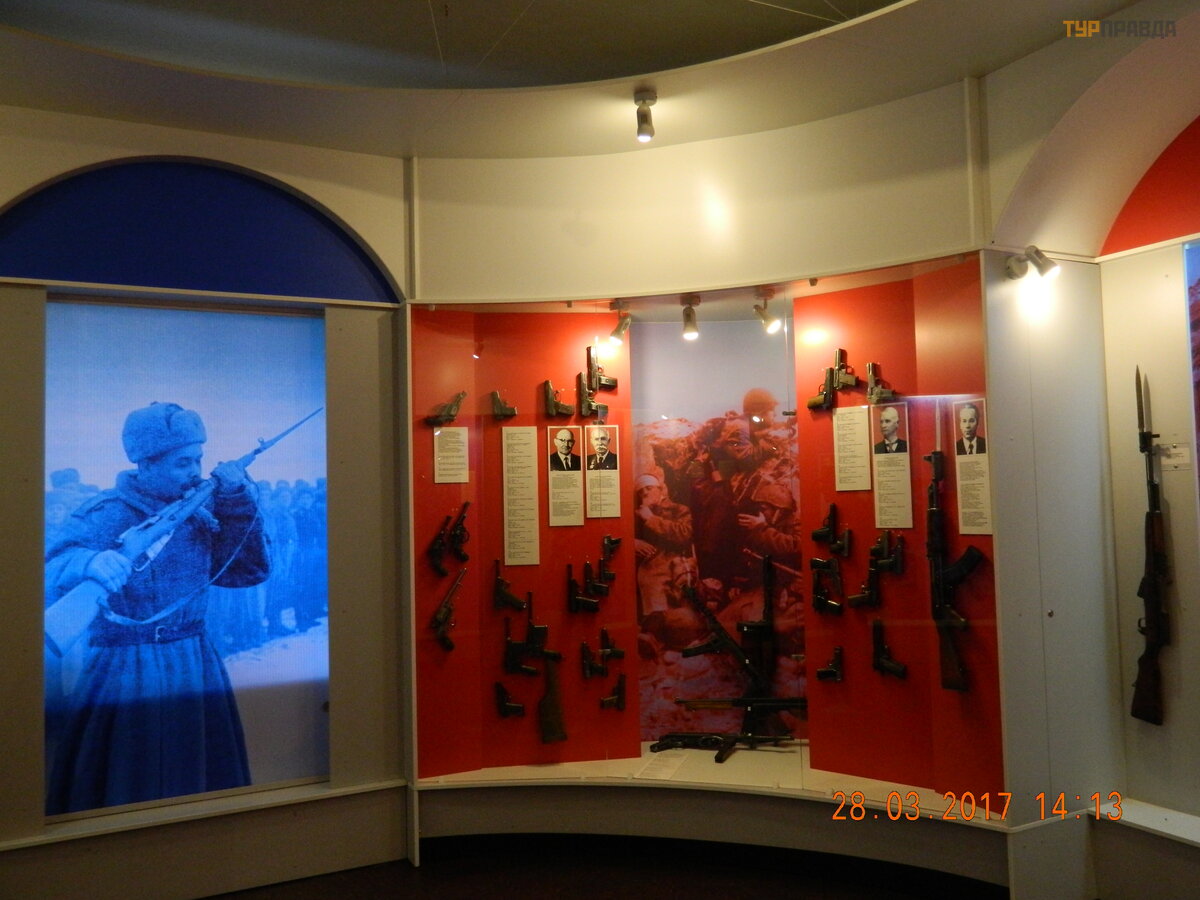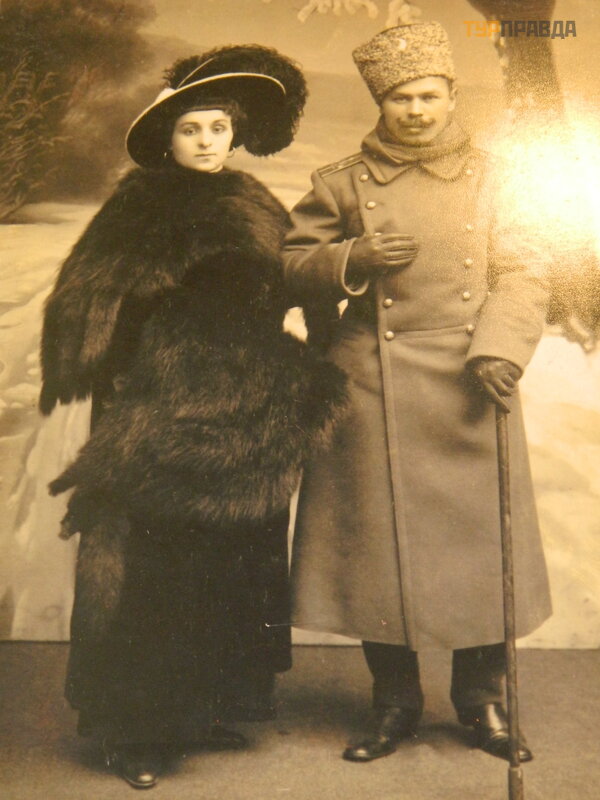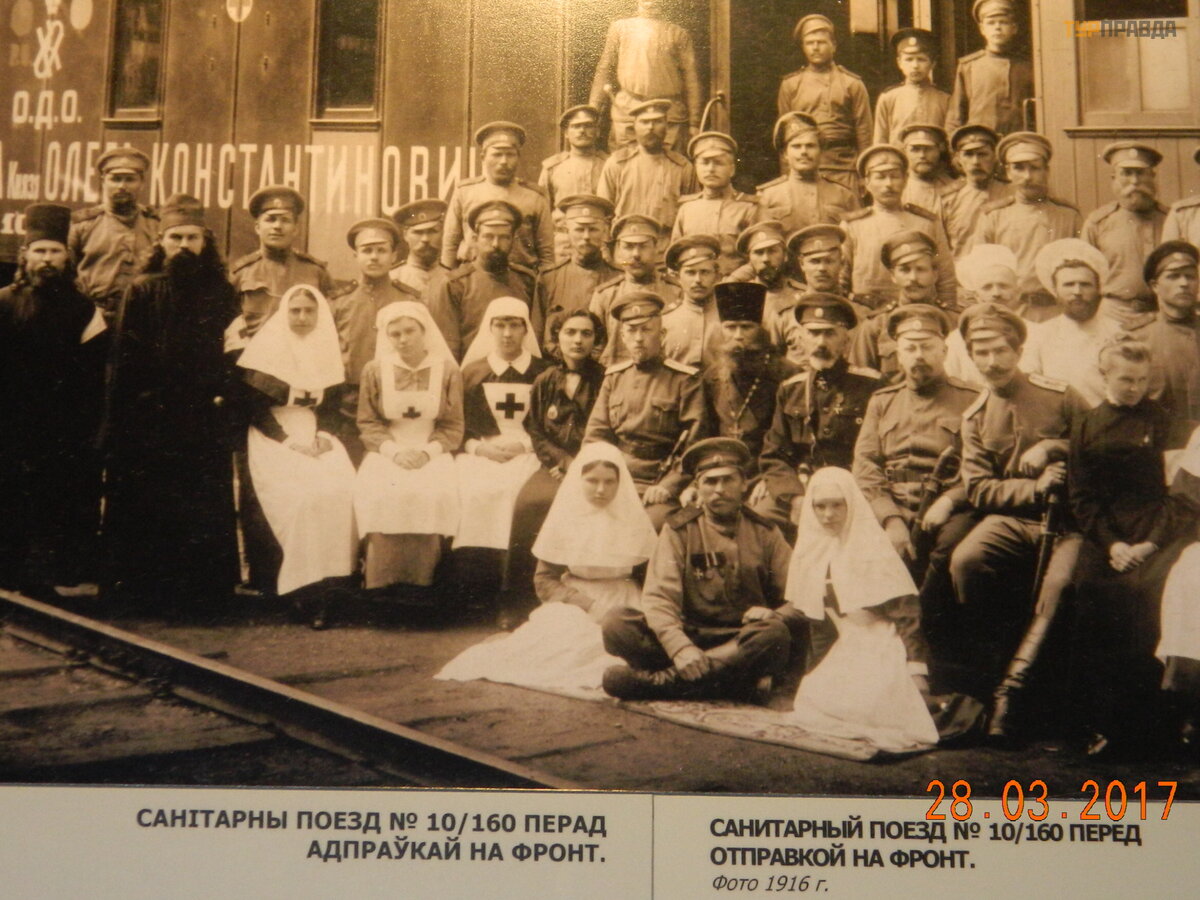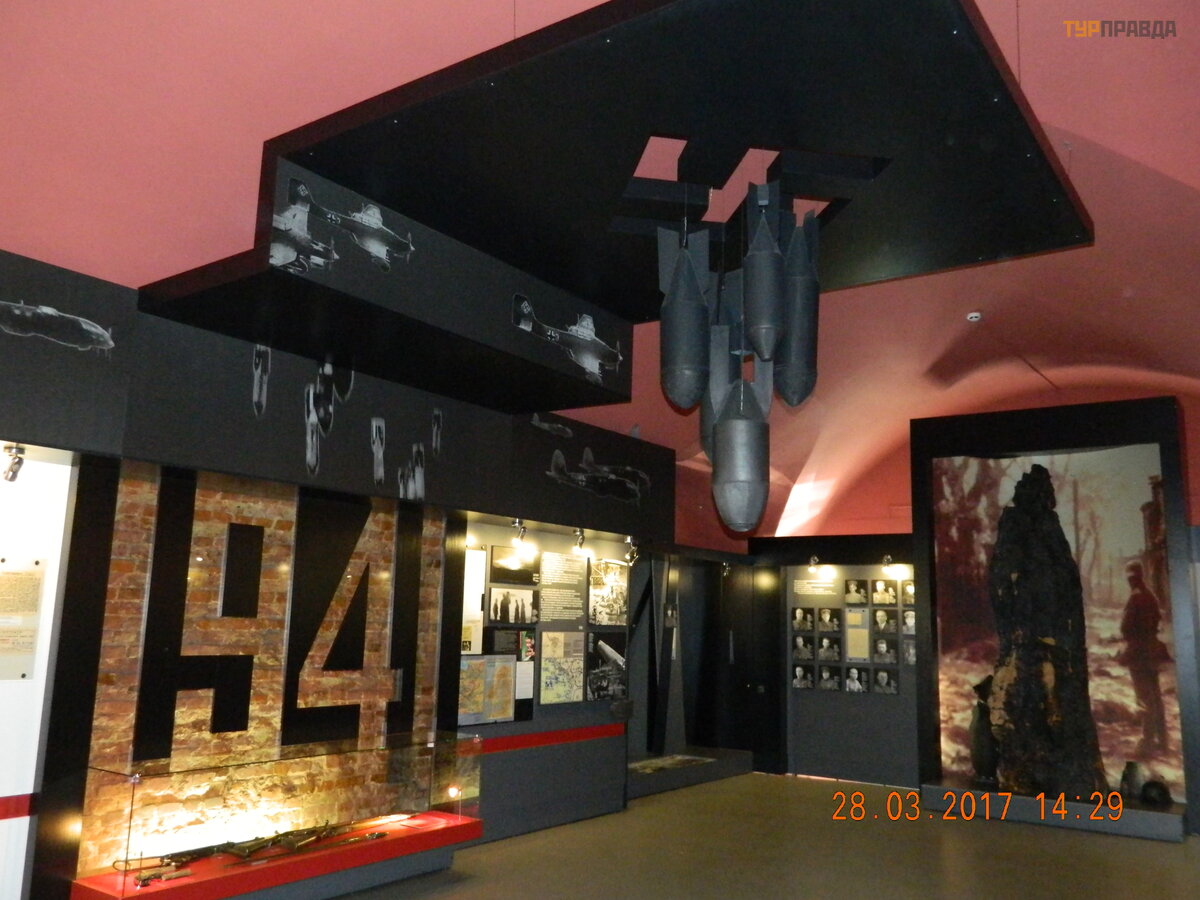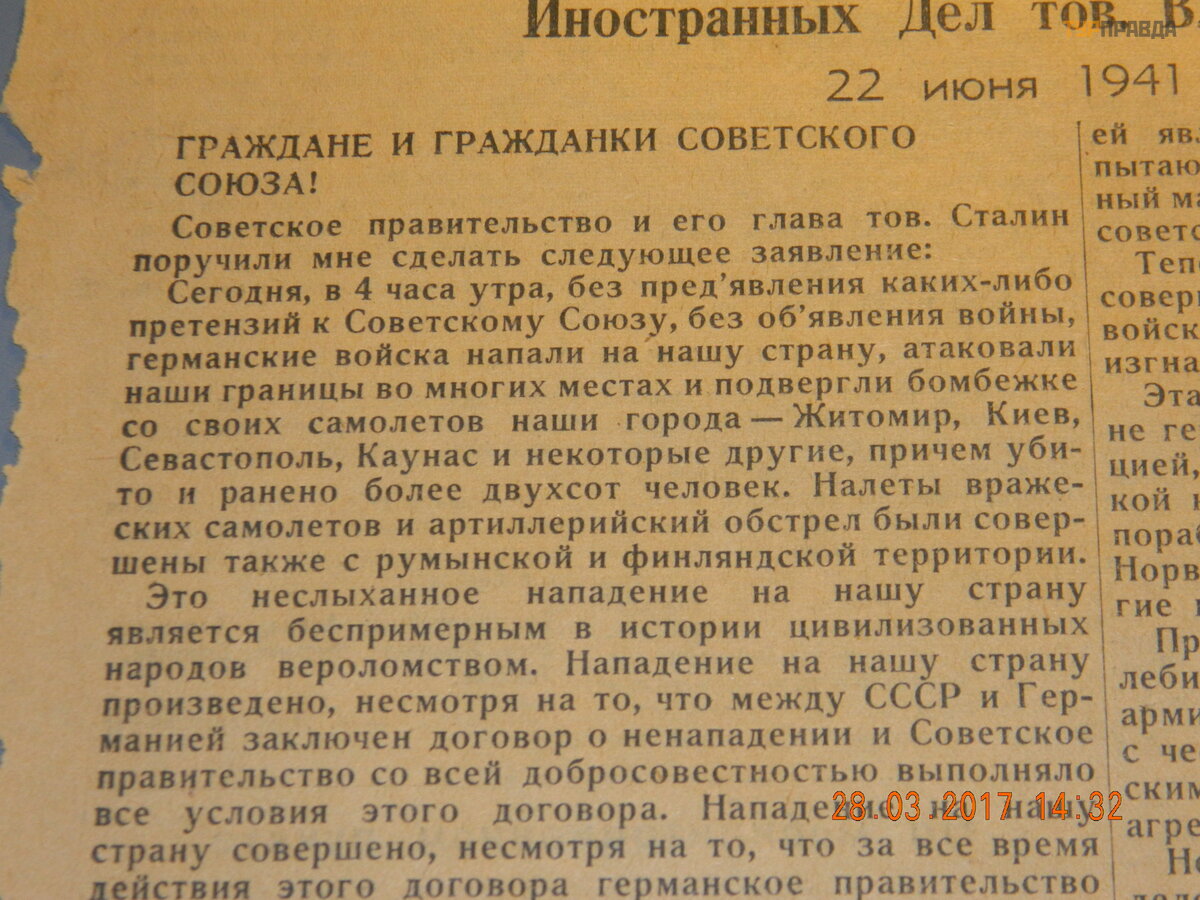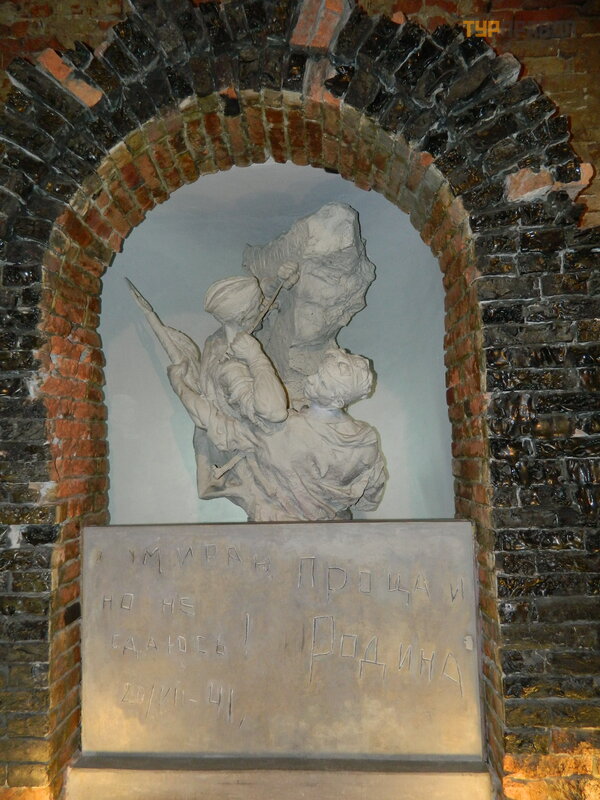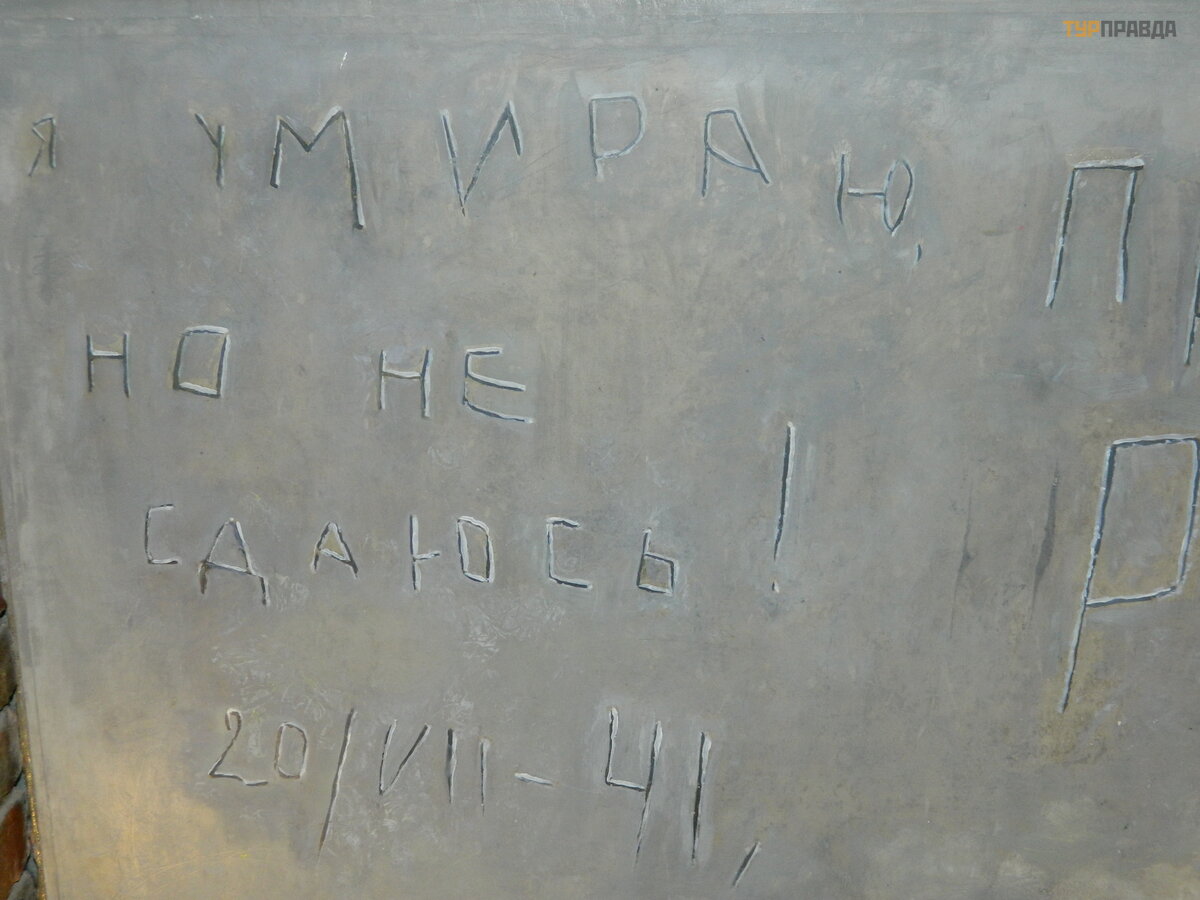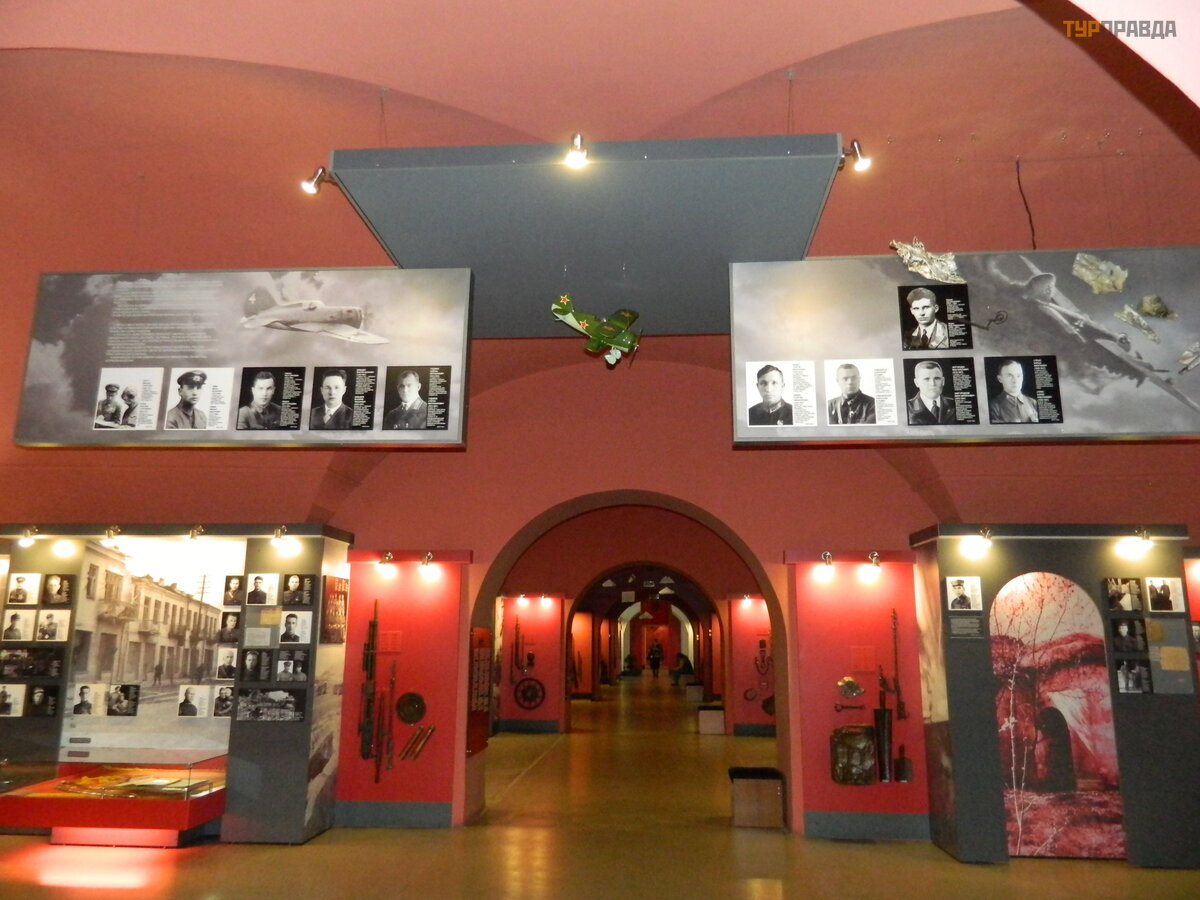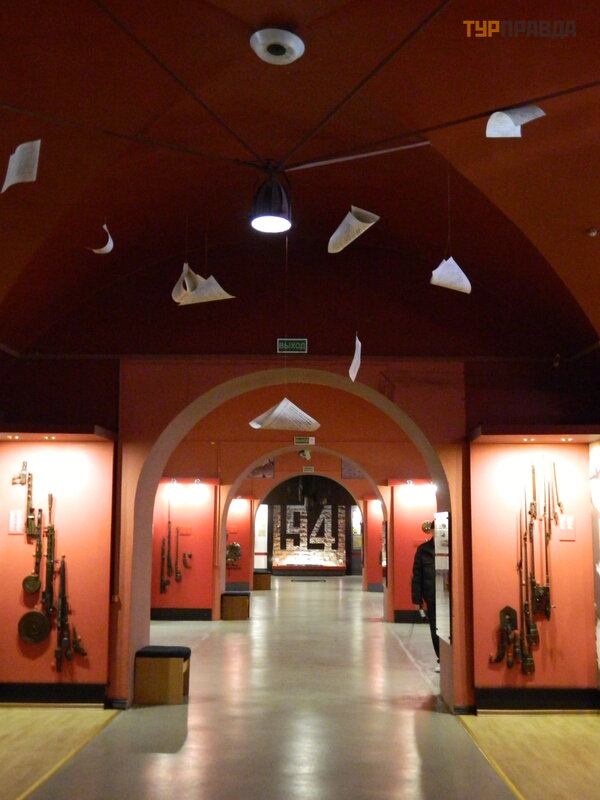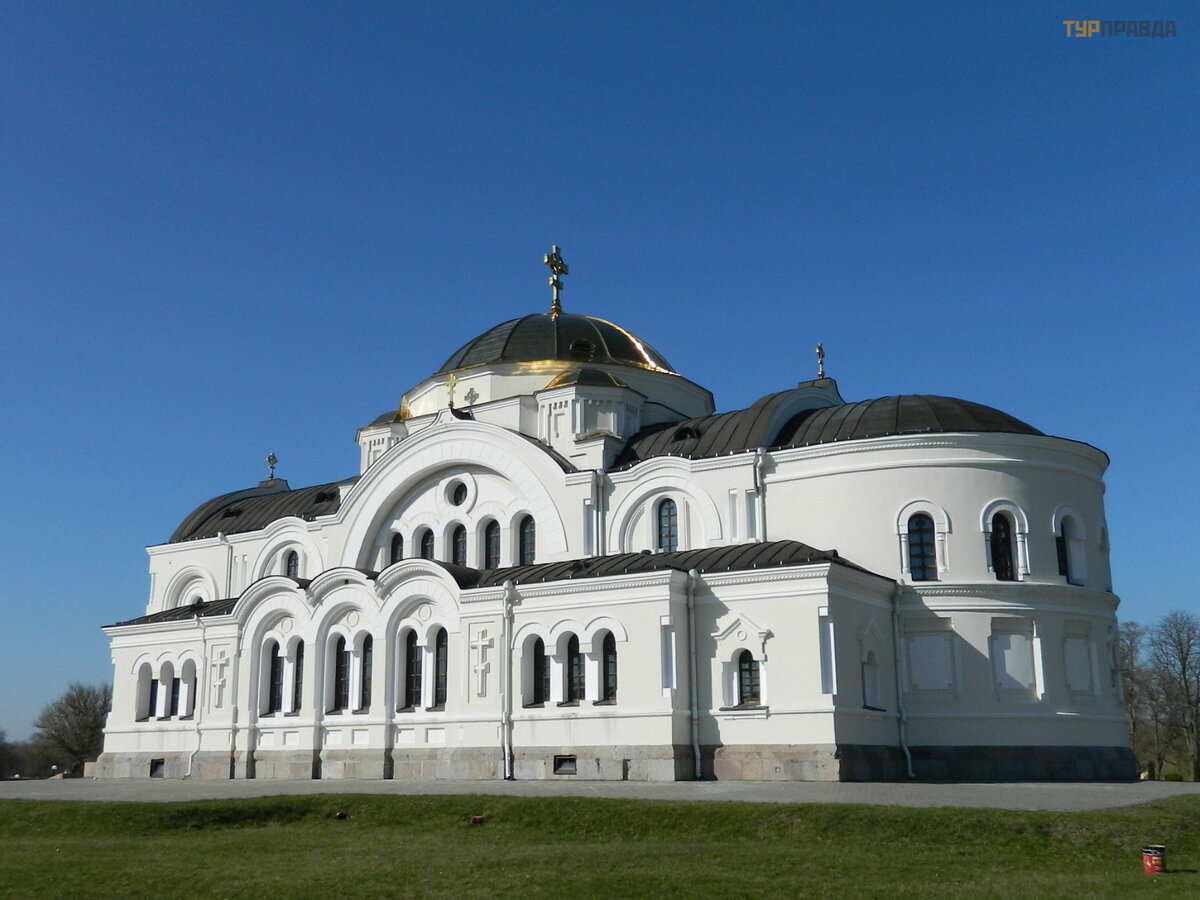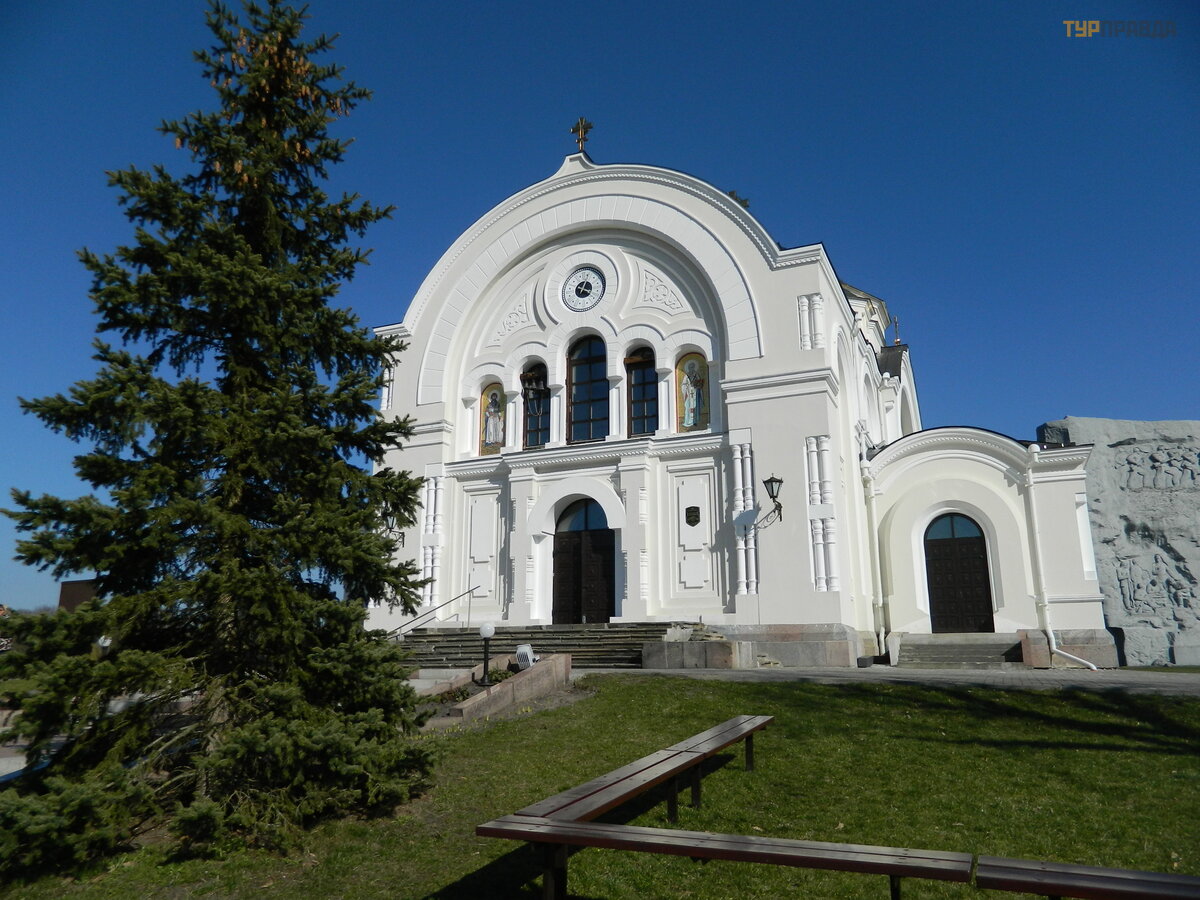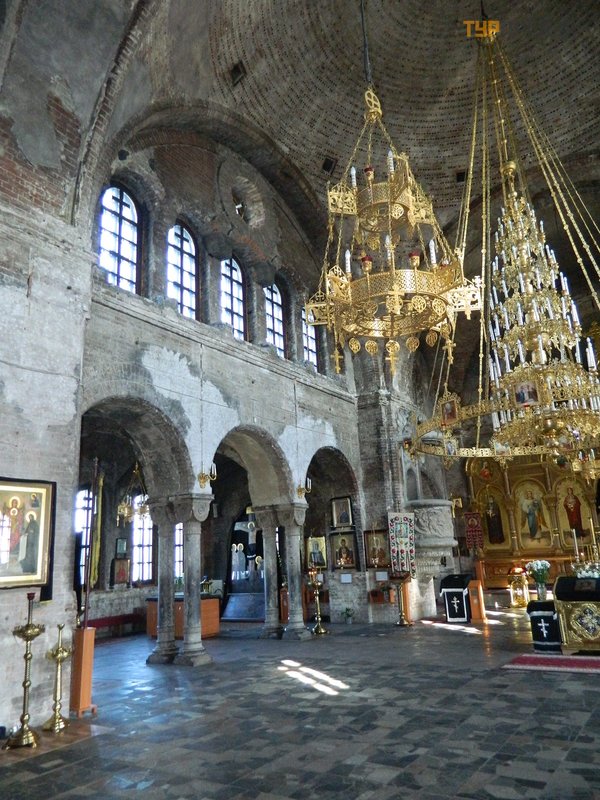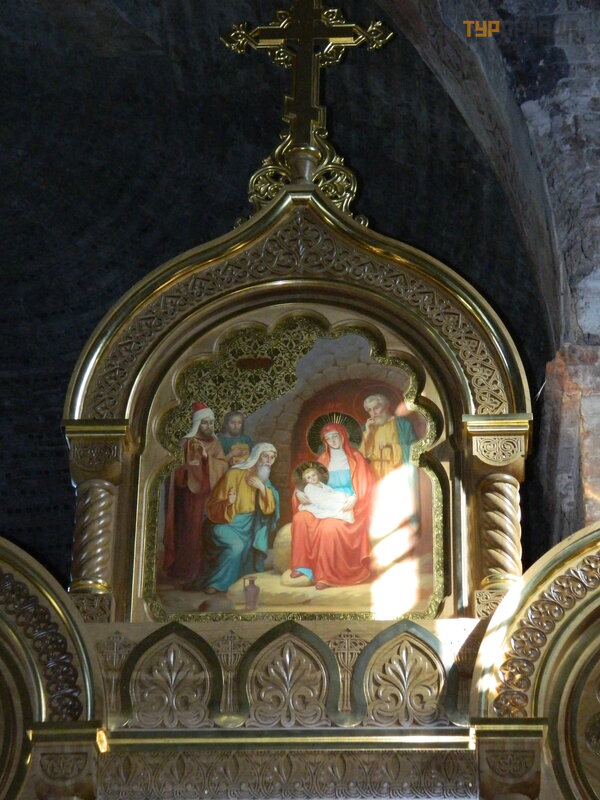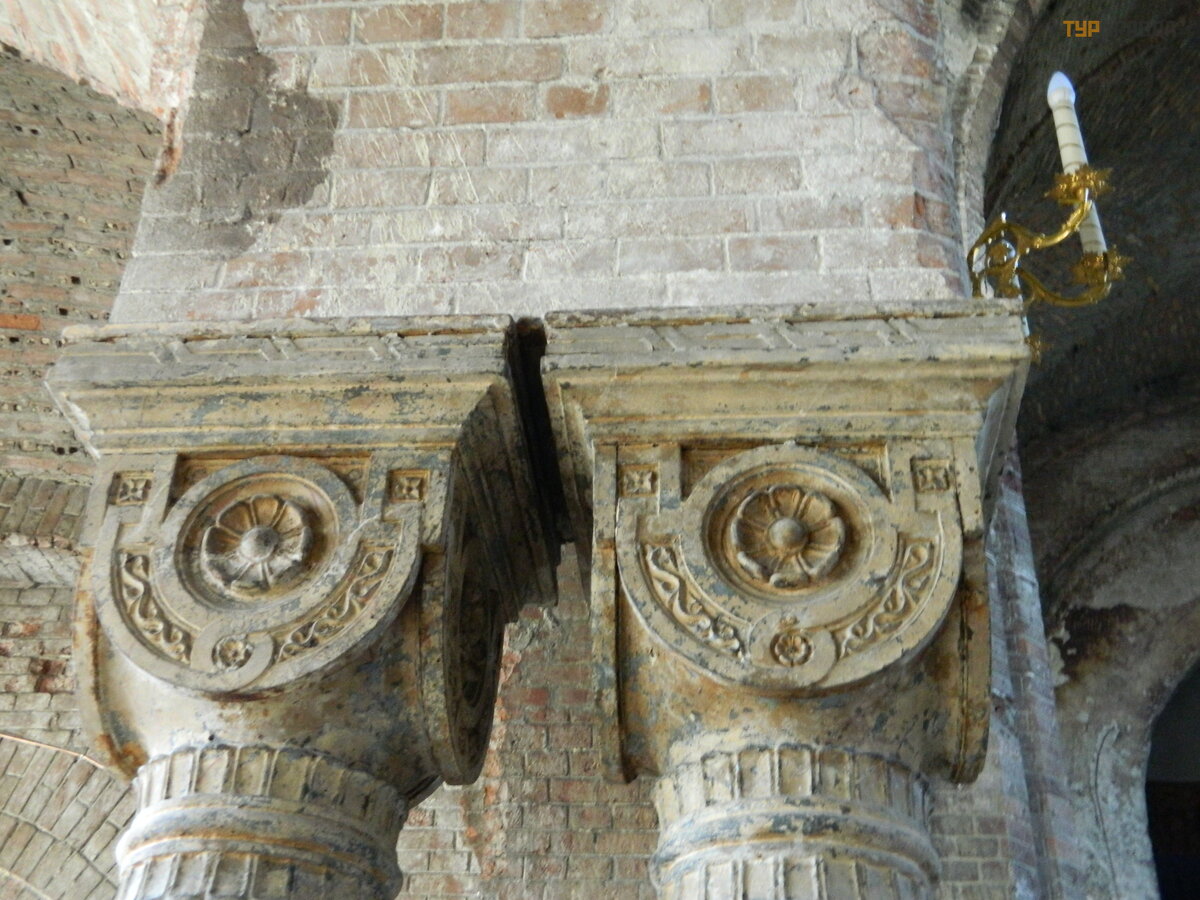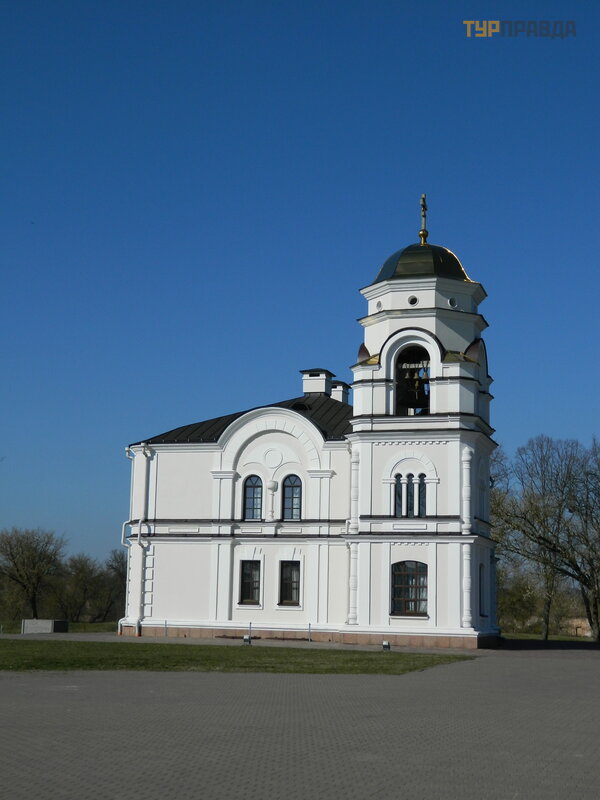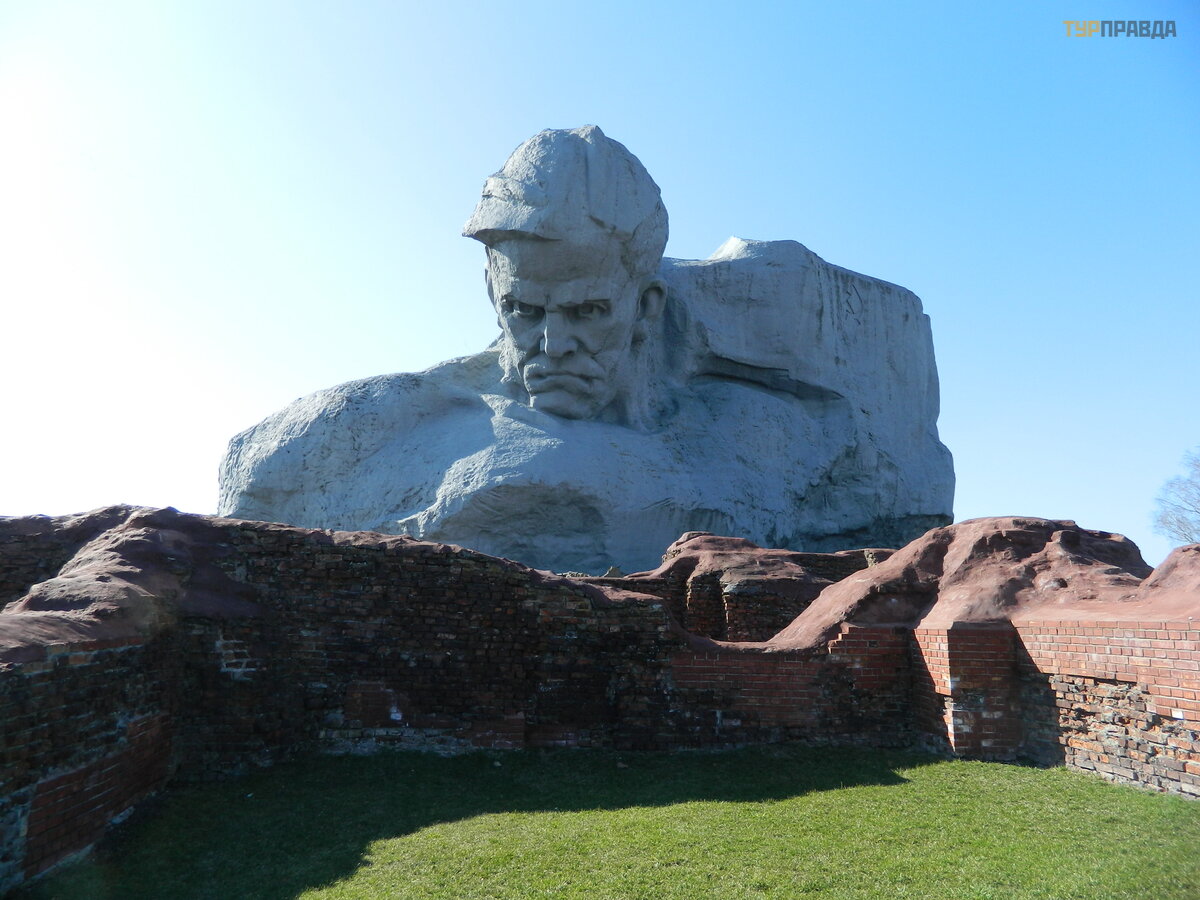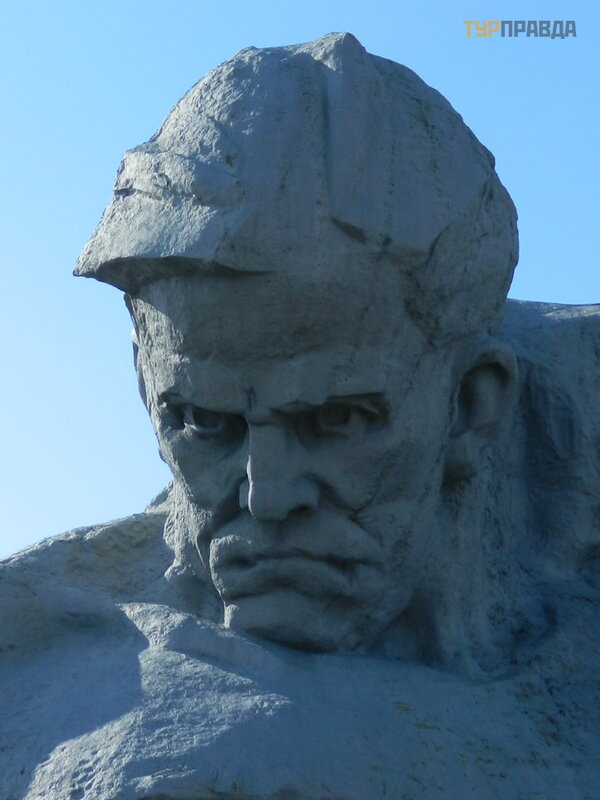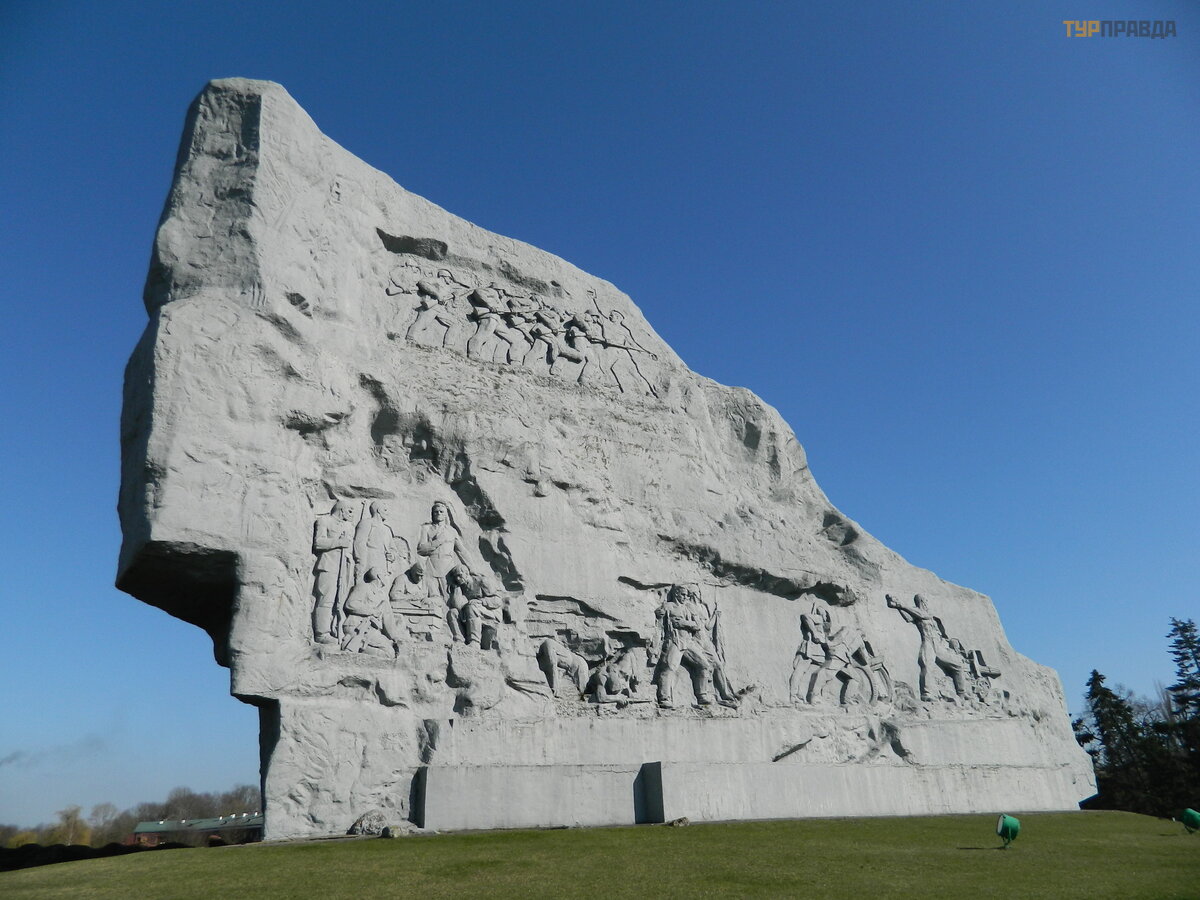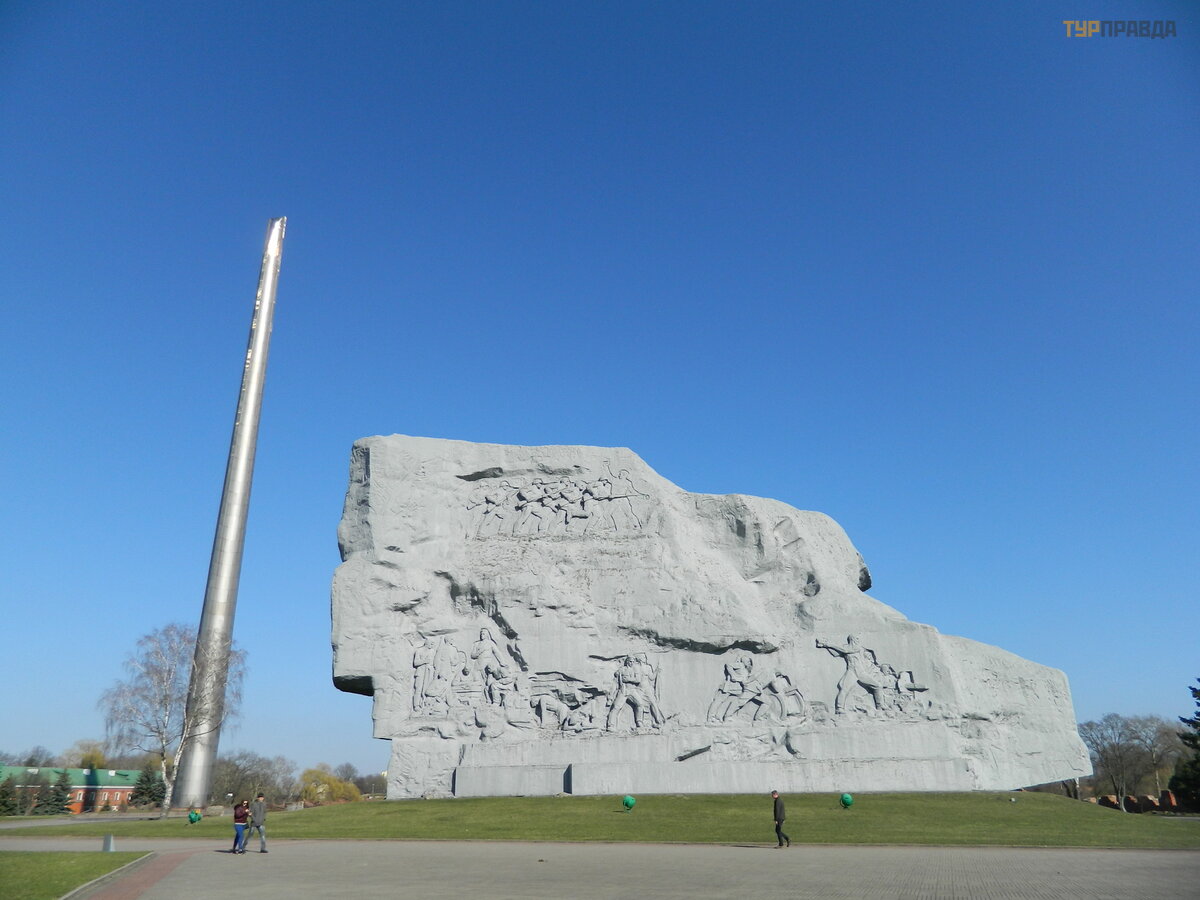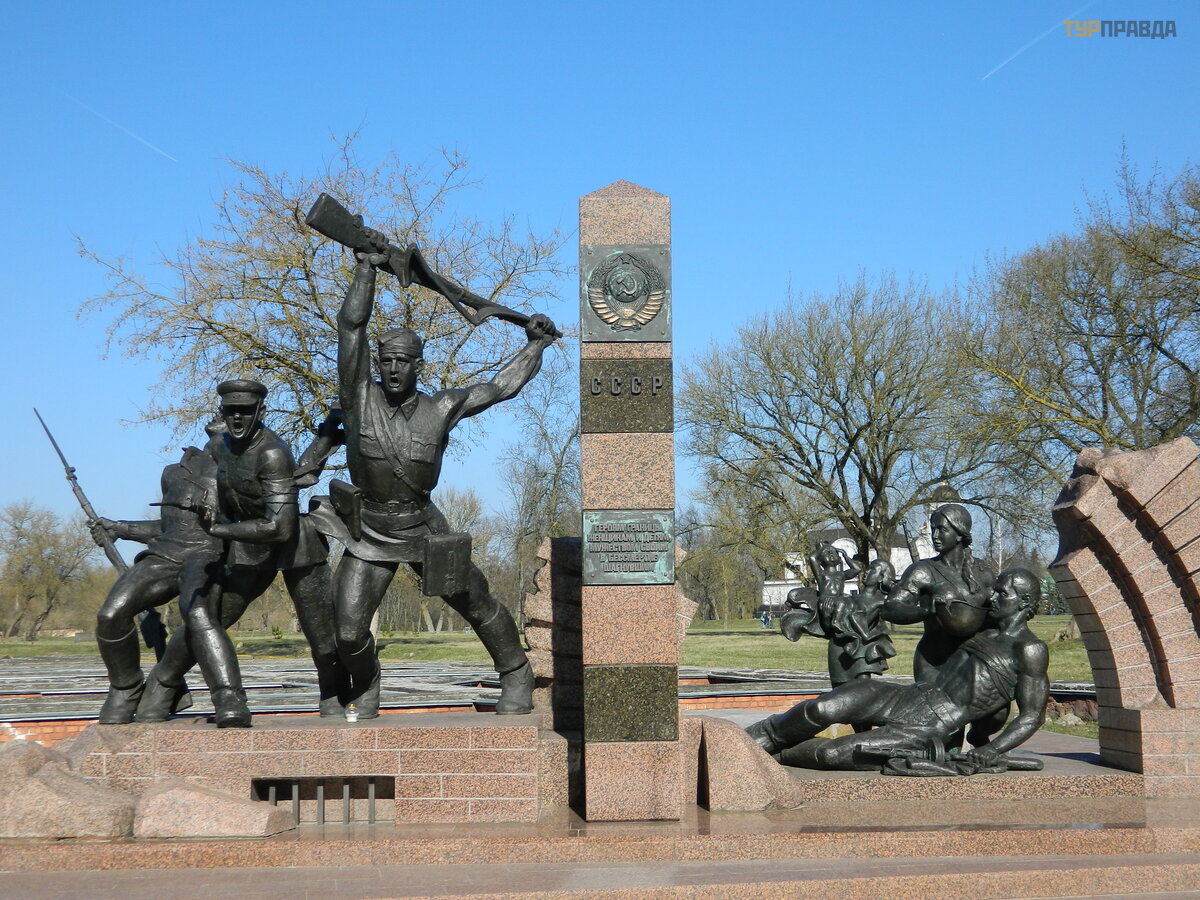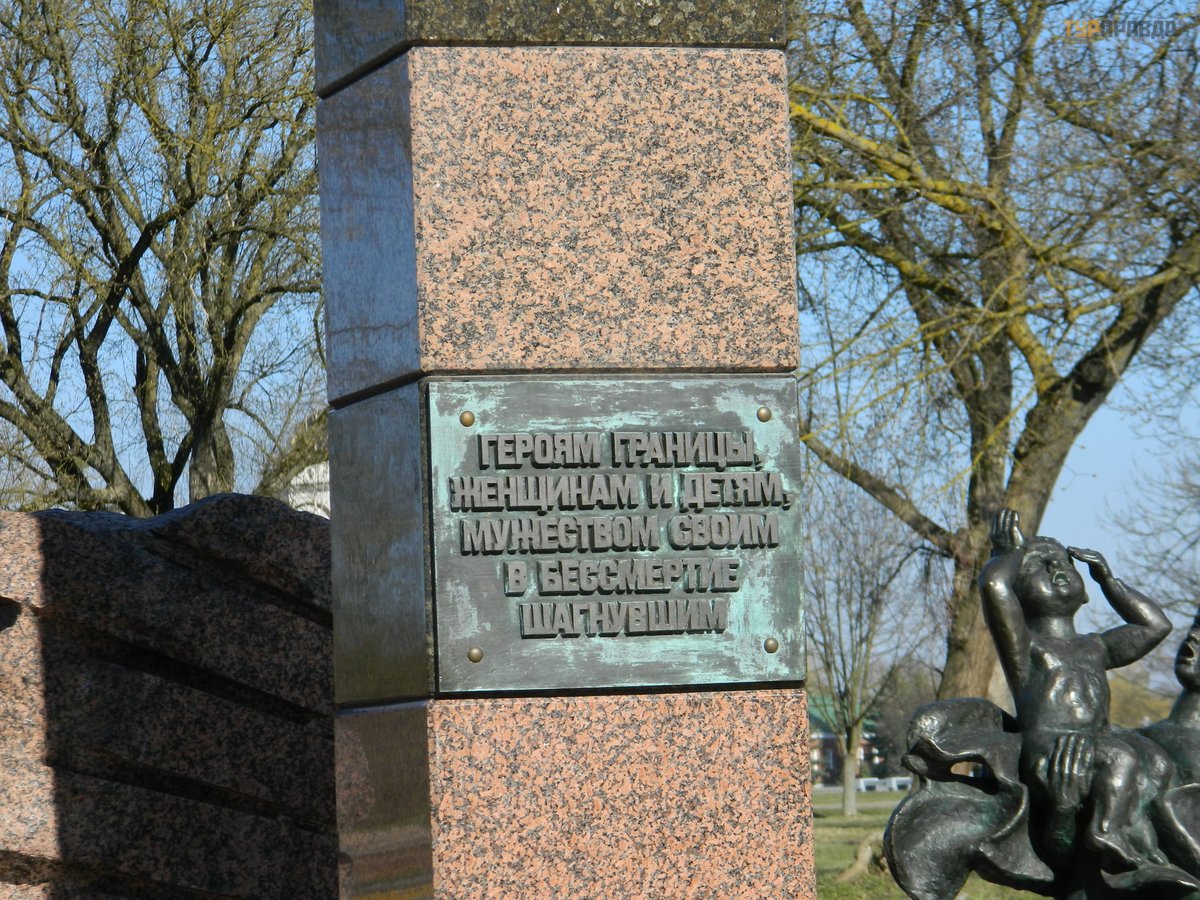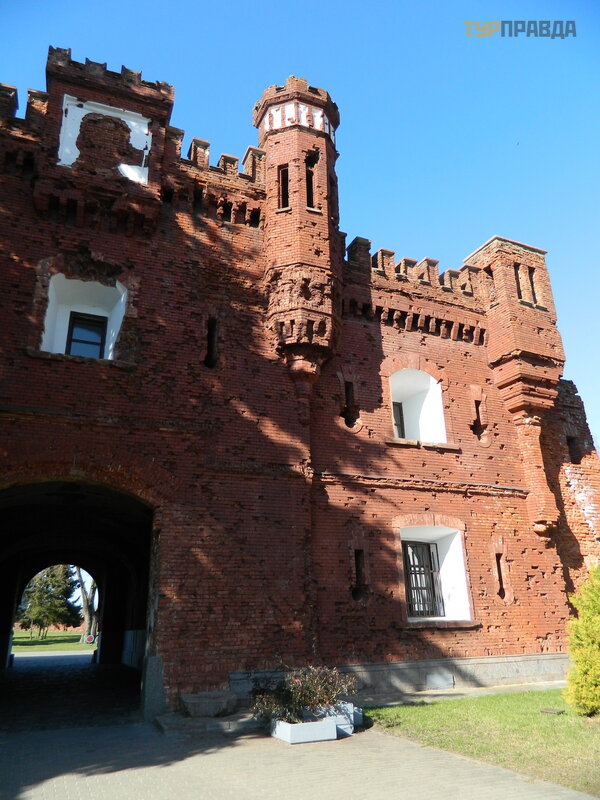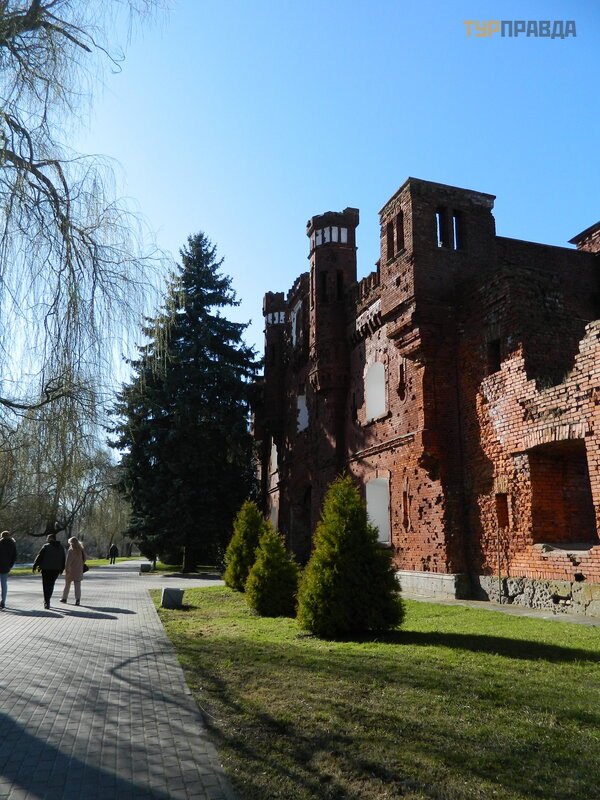To remember
Random trip to Brest. Unfamiliar city. And only one main association: the Brest Fortress. Therefore, when, due to the time limit, the question arose of what to see in Brest in a couple of hours, no one really thought about it. But I never imagined that a visit to a military museum could leave such a strong impression. Although the Brest Fortress is not just a museum. This is a park where mothers walk with prams, teenagers ride roller skates and bicycles. Ducks swim in the river:
And at first, when you stand in the parking lot in front of the entrance, no sad thoughts arise. But here you are entering under the arches of a huge concrete "star",
you see the fortress walls chipped by war and time:
You hear the steady beat of a metronome, the whistle and rumble of exploding shells, and Levitan's chiseled voice: "Today, June 22, without declaring war. . . ". And that's it, already treacherously stings in the nose and tears boil in the eyes.
Perhaps, the first thing that strikes in the Brest Fortress is how thoughtful everything is, solemnly, touchingly and at the same time somehow unpretentious. But just to remember. So, for example, during the construction of the memorial, the remains of 823 defenders of the fortress were removed from the ground. All of them were reburied at the Eternal Flame on the territory of the complex. But in the places where the dead were found, there are small signs with inscriptions about how many people were found in one place or another. And this also gives a tour of the fortress some special drama.
The area is very well maintained. Not a last year's leaflet, not a cigarette butt, not a piece of paper anywhere. Despite the fact that we also did not meet a single cleaner. All memorable places have fresh flowers.
We walked around the museum complex as if counterclockwise. Therefore, I will try to tell about everything I saw in the same sequence.
Probably everyone born in the USSR knows that the main entrance to the Brest Fortress is a huge five-pointed star carved into a concrete block cut into the ramparts.
A little further to the left of the entrance, at the site of military equipment, you can admire the legendary T-34
and other tracked military vehicles, and it is allowed to climb on them, touch and twist everything. In short, "junks" of all ages are delighted...
To the right of the site is the only place on the territory of the fortress where you can have a bite to eat - the cafe "Citadel". We, due to lack of time and need, did not visit the cafe.
The river Mukhavets is visible ahead
and right next to it - a huge sculpture "Thirst":
The water supply system in the fortress was put out of action right on the first day of the war. And everyone needed water: both the people who defended the fortress and the weapons of defense - machine guns. And now it would seem that the river is very close, but it is impossible to get water: the approaches were shot through by the Germans around the clock. And of course, we must pay tribute to the sculptor. This 13-meter concrete soldier, stretching with a huge helmet towards the river...
I remembered the film "Descended from Heaven" with A. Abdulov and V. Glagoleva. And also, just at the moment when we were near the soldier, several flocks of cranes flew over us.
To the right of the river are the ruins of the White Palace.
At one time, the Treaty of Brest-Litovsk was signed there. And then, in 1918, the Brest Fortress territorially belonged to Poland. Near the palace - the only museum on the territory of the memorial, which we managed to go to - the Museum of the Defense of the Brest Fortress.
I'm ashamed to say, but we came to Belarus without local money. There are no exchangers near the fortress and on its territory. Therefore, we were very happy when it turned out that you can pay for the tour with a bank card. The young lady in the window kindly informed us that an adult ticket costs only 5 rubles, 2 rubles have to be paid for entrance to a separate weapons room, and some more for an audio guide. Total for two 21 rubles. Belorussian. When the cardholder later received an SMS stating that something about UAH 300.00 had been deducted from the card. – were surprised. But it turned out that a visit to the museum with an audio guide costs only 11 Belarusian rubles per visitor. But at the rate of the National Bank as much as 160 UAH. (about 6 euros). There is no difference in the tariff for domestic and foreigners.
The Defense Museum was impressive. Although, to be honest, if I were alone, I would never go into it. But at the sight of the signboard, the eye of a colleague accompanying me gleamed greedily. I had to share his interests. Which I don't regret at all. Liked. First, a very sensible audio guide. Not only that, in each hall you are told about the exhibits in it. About especially interesting - a separate story, a separate story. Everything can be photographed/videotaped. Absolutely free. Pleasant caretakers do not spend hours in museum halls. They will tell you what is important/interesting to see/hear here or there, and they strive to draw your attention to some details you have not noticed. . . In a word. They try their best to impress you with the museum. And frankly, it is very captivating and touching.
After the entrance exhibition, you can look at edged and small arms of the 18th-20th centuries.
Even I was wondering : ). Even though I'm a girl. But, of course, completely different exhibits were much more attractive to me:
Moving from hall to hall, you learn about the history of the city, its participation in the events of the First World War. And about how time stopped on June 22.1941:
And about the defenders of the Motherland. Those who chose death:
When creating the museum exposition, an extraordinary solution was found: the portraits of the surviving defenders of the fortress are printed on a white background. Those who died in battles are on black. And at a certain moment you realize that there are very few white sheets...
Walking through the suite of rooms and accidentally turning back, I was amazed at how the chaotic fragments of the black background and white stones behind it formed into the number 1941:
Walking around the museum complex, it is impossible not to notice the absolutely stunning beauty of the Byzantine-style church.
It turned out that this is a garrison church, born in 1876, St. Nicholas Church. At the beginning of the 20th century it was the main temple of the Western Russian region. After the signing of the Riga Peace Treaty, Brest became the Polish city of Brest-Litovsk, and the church became a Roman Catholic garrison church. And just before the Great Patriotic War, since in 1941 the territory on which Brest was located was ceded to the Soviet Union, the church was transformed into an army club as unnecessary. Well, since the church was built on the highest point of the island, from where the entire territory of the fortress is visible at a glance, during the hostilities of 1941 it became an important object of defense. Several times passed from hand to hand. One of the historical photos shows a meeting in the garrison temple (army club) between Hitler and Mussolini.
 St. Nicholas Church was badly damaged during the hostilities. And restoration work began only in 1994. This is how it looked back in 2000:
St. Nicholas Church was badly damaged during the hostilities. And restoration work began only in 1994. This is how it looked back in 2000:

But today it simply shines with the purity of the lines and some kind of pristine whiteness:
Entrance to the temple is free, as is the opportunity to take pictures/videos inside it.
It is interesting that 7 bells were donated to the restored temple by the government of independent Ukraine. On the big bells there is an inscription: “In memory of the defenders of the Fatherland. Leonid Kuchma.
Near the garrison church is the parish house.
Because of lack of time, we didn't go into it either.
The Courage monument is visible from almost anywhere in the memorial complex.
They say that at one time the monument was included in the world ranking of the ugliest monuments in the world. I don’t know what spiritual qualities one needs to have in order to recognize this monument as such, realizing that at its foot there are three tiers of memorial plates, under which real people-defenders of the fortress lie. It is difficult to imagine the feelings of people coming to the Brest Fortress on May 9th. We were on a weekday sunny spring day. But I just wanted to be silent, touch the cold marble with my hand, swallow my tears and think about how much I want peace. Everywhere. Worldwide. No matter how trite it may sound.
The grieving victorious warrior is cast in concrete, the height of the sculpture is 33.5 m.
On the back of the monument there are high reliefs depicting episodes of the defense of the Brest Fortress.
Here is a hundred-meter obelisk in the shape of a four-sided bayonet of a Russian rifle of the Mosin system
and Eternal Flame:
You can read about the innovative technologies used to create these monuments on the website of the Brest Fortress: http://brestcity.com/blog/karta-brestskoj-kreposti
It must be said that Brestskaya actually became a fortress after several reconstructions. And initially, in 1842, on a natural island formed by the Bug and Mukhavets rivers, a citadel, or central fortification, was built - two two-story red brick barracks with walls two meters thick, closed in a ring, 1.8 km long. 500 casemates of the citadel were designed for 12 thousand people. Of the eight gates of the fortress, five have survived.
The Terespol gates, located behind the left of the Courage monument, were three-story before the war, and on top of them there were 2 huge tanks, from which water was supplied to the citadel's water supply. It was through these gates that on June 22.1941, the Germans entered the fortress. The gate is badly damaged, and its upper part is completely destroyed.
Near the Terespol Gate - a monument to the heroes-border guards of the Brest Fortress.
The monument was erected on the ruins of the building where the frontier post and the commandant's office were located at the beginning of the war, and was built in 2011, partly at the expense of funds raised by the border guards of Russia, Ukraine and Kazakhstan.
The Kholm Gates are very beautiful.
Cholmsky - because once a road from Brest (then Polish Brest-Litovsk) to the Polish city of Chelm passed through them. And Terespol, which I wrote about above, are named after the Polish Terespol. Near the Kholmsky Gate in the building of the barracks is the Brest Regional Art Gallery. And (sorry for the prose of life) absolutely free clean public toilets.
From the Kholmsky Gate you can go over the bridge to the Hospital Island. Here you can visit the Nativity-Bogoroditsky convent. We didn't get there due to lack of time. And we were stopped by a warning sign that the border zone had begun. Already at home, I learned from the Internet that anyone with a passport can get to another island - Pogranichny - to the Terespol fortification of the Brest Fortress. The only thing is that the tourist will have to pay the state duty (I don’t know its size, alas).
The Berestye archaeological museum is located on Hospital Island. We also "walked past" him. But in vain. The museum exhibits an excavation 4 m deep. And in it is a part of the handicraft quarter, numbering 28 residential and utility buildings of the 13th (just a minute! ) C. , 2 street pavements, a palisade.
